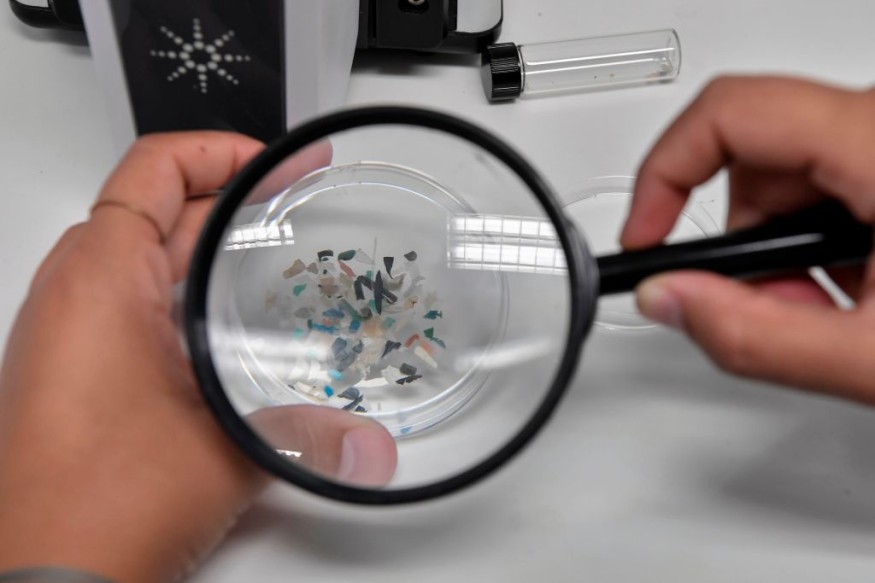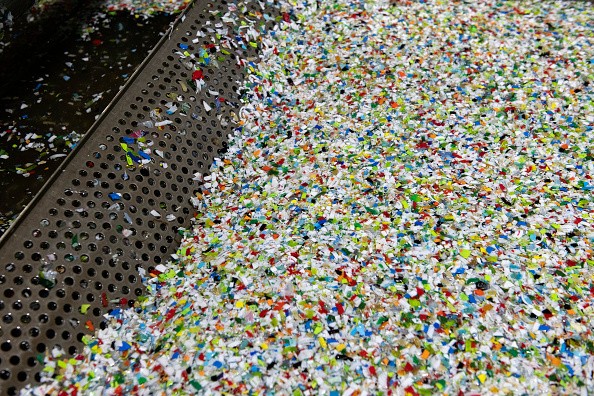According to a study, infants have more microplastics in their feces than adults. Microplastics are tiny plastic particles that have been discharged into the environment as a result of the fracture of larger plastic objects.
According to recent studies, they are a concern to the environment since they do not biodegrade rapidly, and they have been identified in dust, food, fruit, bottled water, and, as a result, animal and human feces.
Human Exposure to Microplastic

Human exposure to microplastics may pose a health risk, but little is known about the scope of the problem. In a small study, New York University School of Medicine researchers showed that newborns have 10 to 20 times greater microplastic quantities in their stool than adults, particularly when it comes to PET (polyethylene terephthalate) microplastics.
These are primarily utilized in manufacturing textile fibers, water bottles, and cell phone cases, among other things.
"Human exposure to microplastics is a health concern," said Kurunthachalam Kannan, a professor in the NYU Grossman School of Medicine's pediatrics department and the study's primary researcher. "We must take measures to decrease children's exposure. Plastic should not be used in children's products."
Environmental Science and Technology Letters, a publication of the American Chemical Society, published the study0.
The average human can eat up to 5 grams of microplastic every week, according to studies. Some microplastics travel through the digestive system and are excreted in the feces, while others collect in internal organs and, according to the current research, some particles cross cell membranes and enter the circulation. In addition, microplastics are passed down through generations from pregnant moms to their babies' placentas in other research.
Although little is known about how microplastics affect and potentially harm the human body, laboratory animal testing has revealed inflammation, cell shutdown, and metabolic abnormalities.
Investigating Microplastic Particles

Kannan and his team investigated human exposure to two prevalent microplastics - PET and polycarbonate - by analyzing the feces of six infants and ten adults, as well as three newborns' first stool, using a technique known as mass spectrometry (PC). At least one form of microplastic was found in every sample.
Adults and infants showed similar levels of PC microplastics, whereas newborns had 10 to 20 times greater levels of PET microplastics.
"We were shocked to see larger amounts in infants than in adults, but we tried to identify different sources of exposure in infants later," Kannan added. "We discovered that infants' mouthing behavior, such as crawling on carpets and chewing on textiles, as well as numerous children's goods, such as teethers, plastic toys, feeding bottles, and tools such as spoons... can all contribute to such exposure."
In Need of More Comprehensive Assessments
According to Scott Coffin, a research scientist at the California State Water Resources Control Board who was not involved in the study, these findings are consistent with those of other, albeit small, studies that have looked into microplastic contamination in human feces. If anything, these findings show that current estimates of microplastics exposure are likely underrepresentation, according to Coffin, who cited the Wageningen University and Research study as the most comprehensive assessment yet.
"The accumulation of microplastics inside organs following exposure is a component that is not accounted for in this study," added Coffin. In addition, humans are unlikely to excrete all ingested microplastics. Thus the overall amounts could be substantially higher, according to Coffin. This, along with a slew of other intricacies, will be worked out in future investigations.
For example, when working with feces and microplastics, there is a risk of contamination during the experiment (contamination from diapers, for example, or from the scientific equipment itself). Furthermore, according to Coffin, the analytical approach employed to calculate the mass of microplastics in feces is rather unusual and has not yet undergone robust validation.
Overall, human exposure to microplastics and the problems they pose remain poorly understood, according to Coffin, but the study offered much-needed early evidence.
Read also: Seafood's Secret Ingredient: Microplastic
© 2025 NatureWorldNews.com All rights reserved. Do not reproduce without permission.





